Swollen gums can be the result of small, unimportant injuries or a sign of tooth or gum disease. Gum swelling or gingival edema can be caused by minor trauma when brushing your teeth or some irritation related to food (food or drinks), among other factors. In cases where the gums swell because there was an external attack, such as trauma when brushing your teeth, for example, or something similar that leaves the gums irritated, they do not usually cause any relevant concern, if they happen in isolation and infrequently.
However, swollen gums can be a sign of periodontal and/or dental disease, some of which are potentially serious. These pathologies responsible for “gum swelling”, if not treated correctly and in a timely manner, can evolve and trigger serious problems for the health of the gums and teeth, as we will see in detail below. Treatment depends on the underlying cause, so it is very important that the diagnosis is made as soon as possible.
In cases of dental or periodontal disease, swollen gums are often accompanied by other signs and symptoms such as toothache, gum pain and bleeding, halitosis (bad breath), among others. When it is swollen, the gums become redder, replacing the usual pink, more sensitive and painful to the touch, particularly when brushing your teeth.
Gums can become swollen due to various causes. These can range from minor occurrences to more serious illnesses, which, if not treated appropriately and in a timely manner, can have serious consequences for your teeth and gums. Below are some of the causes.
Accumulation of bacterial plaque and tartar
Bacterial plaque is a viscous layer that forms on the teeth and marginal gums, and that forms after the action of certain bacteria on food remains that remain in the mouth after meals.
Gingivitis
Gingivitis translates into inflammation of the gums, being the primary phase of periodontal disease. Gingivitis manifests itself essentially at the level of the marginal gums (the end of the gum next to the teeth), and the gum between the teeth, that is, at the level of the papillae (papillary gingivitis).
The main signs and symptoms of gingivitis include pain in the gums or gums, changes in the color of the gums, which tend to appear redder than normal or even purplish (purple), and a greater propensity for bleeding from the gums.
Periodontitis
Periodontitis corresponds to a bacterial infectious process. In periodontitis, there is already damage to the supporting tissues of the teeth (bone and periodontal ligament).
Dental cavity
Tooth decay is an infectious and contagious pathological process in which the hard tissues of the tooth are destroyed. Decay will cause cavities, which are holes in the teeth and this could irritate your gums and cause swelling around a tooth.
Abscesses
Abscesses, whether of dental origin (dental abscesses) or of periodontal origin (periodontal abscesses), cause swellings in the gums, which they can range from moderate to very prominent, depending on their severity and progression.
Abscesses are formed as a result of an infection, which, if it is of dental origin, is normally associated with the presence of tooth decay, and manifests itself in the gums through swelling, initially reddish in color, tending to turn white with increasing age . volume due to its greater purulent content (pus), which can, in more advanced cases, even cause fever and generalized malaise.
Regardless of the cause, it is important to see your dentist if you have swelling and puffiness around one tooth or in your whole mouth.
